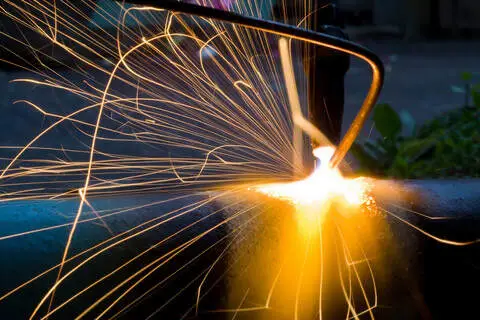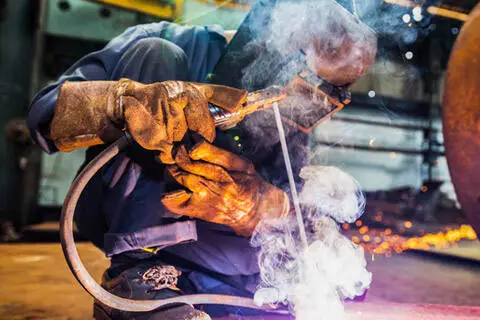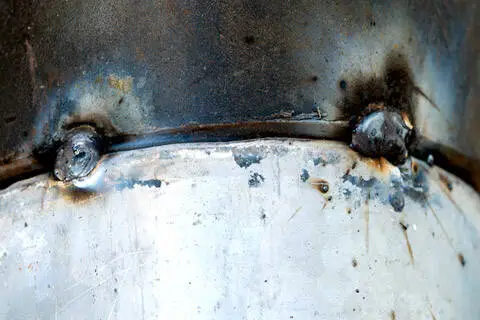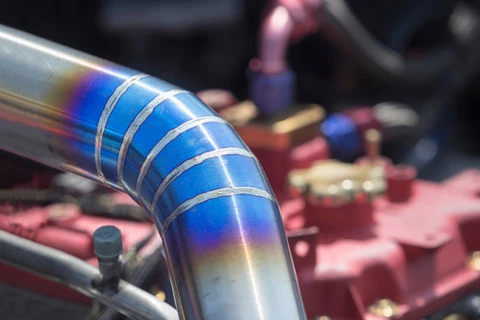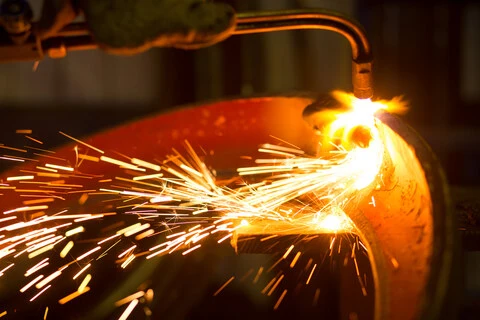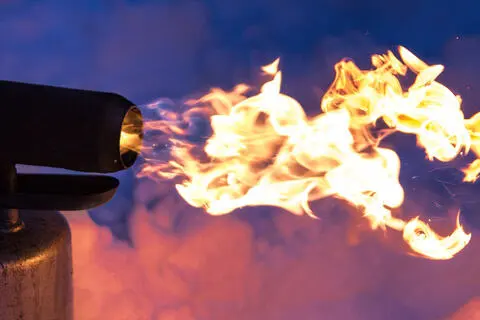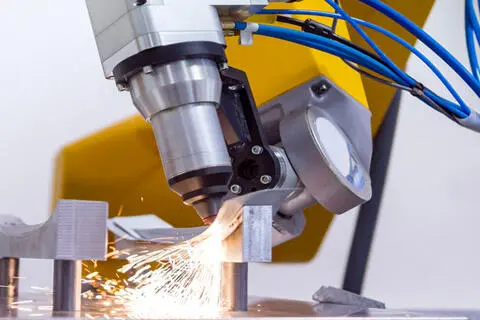
General Welding Safety Standards
Welding Safety Standards address everything from nuanced specifics relevant to only a small subsection of the welding industry to generally applicable considerations that promote safety in a variety of practical welding engineering situations. Detailing safety promoting features such as consistent wordless precautionary labels and welding symbols or fire precautions, general welding safety standards play an important role in providing a strong foundation for a thorough welding safety program.
